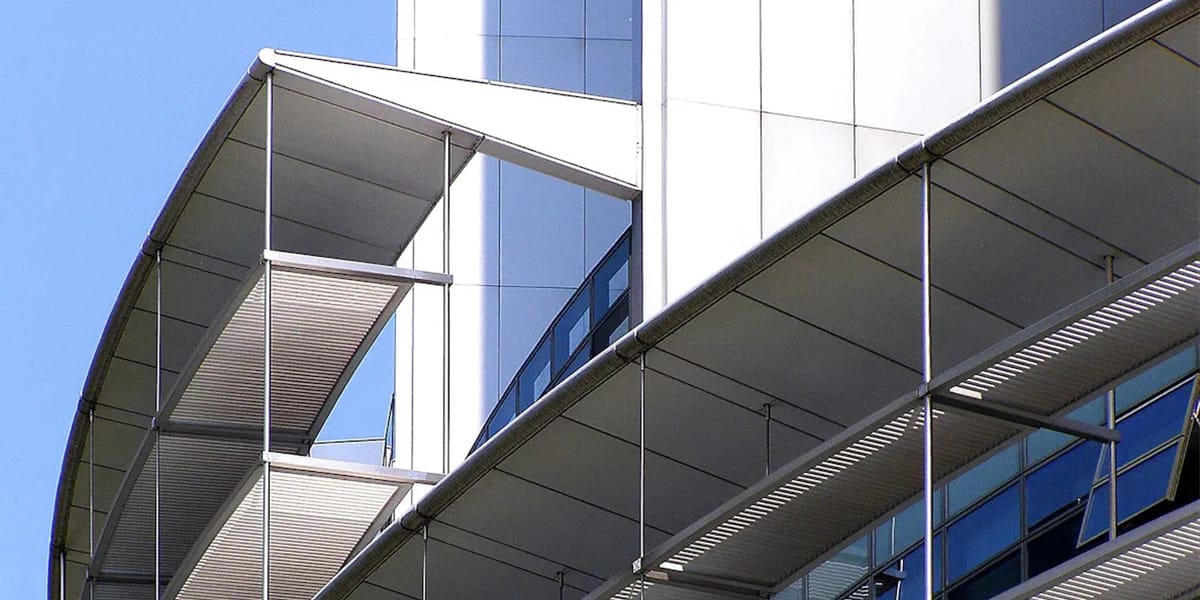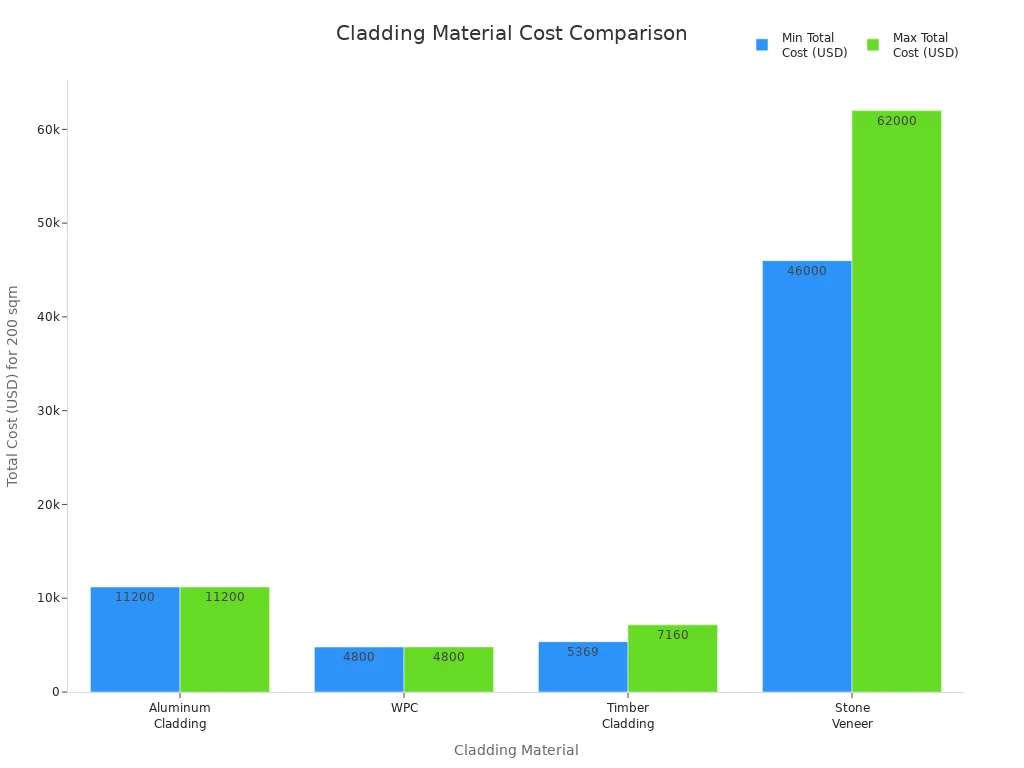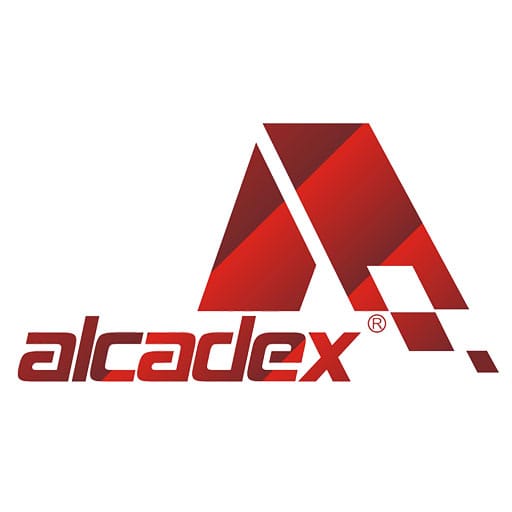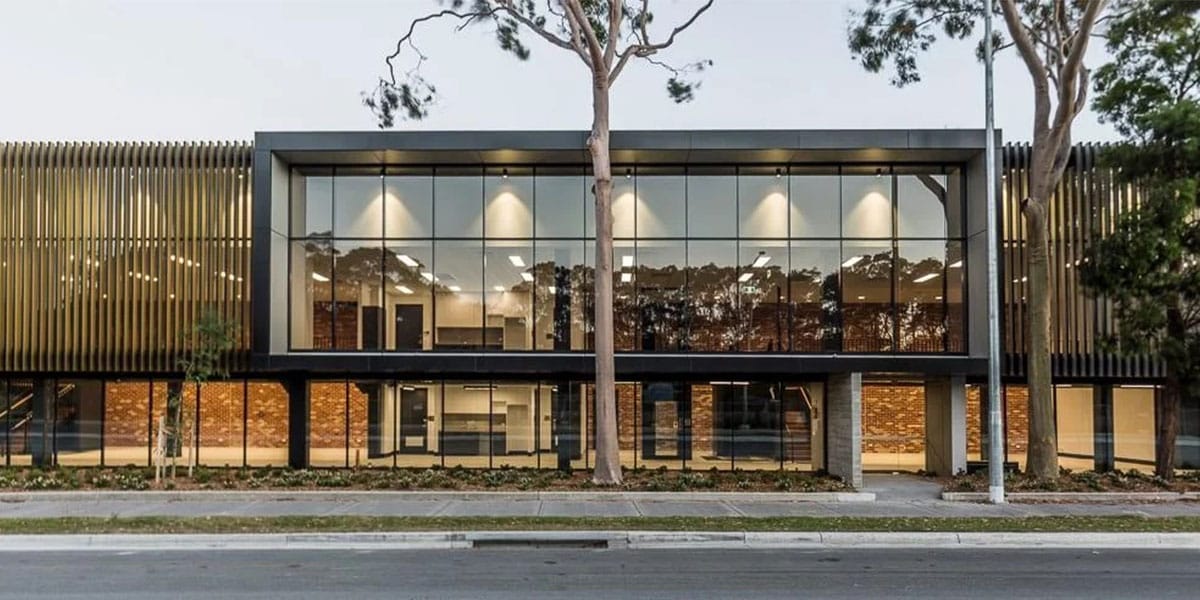
09 Aug What ACM Stands For In Construction
Table of Contents
ACM in construction often means aluminum composite material. This is a common building material on many new buildings. Sometimes, ACM can also mean asbestos-containing material. Asbestos can be very dangerous. In the last twenty years, builders stopped using asbestos in new projects. Now, they work to handle it safely in old buildings. If a building has ACM, workers must know which kind it is. It could be aluminum composite material or asbestos. This helps keep people safe and follows construction rules.
Key Takeaways
ACM in construction can mean aluminum composite material or asbestos-containing material. Workers must know which one they have to stay safe.
Aluminum composite material panels are light and strong. They resist weather and come in many colors. These panels make buildings look modern and last longer.
Asbestos-containing material is dangerous. It can release tiny fibers when disturbed. These fibers can cause serious lung diseases and cancers.
Old buildings often have asbestos. Testing and careful handling are needed before repairs or demolition. This protects health and follows the law.
Clear communication and good safety plans are important. Following rules helps stop accidents, fines, and health risks with ACM in construction.
ACM in Construction
Definition
In construction, ACM means Aluminum Composite Material. This material has two thin aluminum sheets on the outside. These sheets are stuck to a core that is not aluminum. The core is often made from things like polyethylene or minerals. The aluminum sheets make the panel strong and stop rust. The core keeps the panel light but steady. There are rules about how thick the aluminum and the whole panel must be. Special coatings help the panels last longer and look nice. Some panels have mineral cores to help stop fires and follow safety rules.
Composition
ACM panels have layers. Each panel has:
Two thin aluminum sheets on the outside.
A core made from polyethylene or a fire-safe mineral.
Coatings like PVDF or polyester add color and protect from weather.
The aluminum layers make the panel strong and flat. They also stop rust. The core keeps the panel light and bendy. Special coatings protect the panel from sun, rain, and dirt. These things help ACM panels last a long time in buildings.
Uses
ACM panels are used a lot in new buildings. Builders use them for:
Making building fronts look modern and safe from weather.
Outdoor signs and ads because they are easy to shape and color.
Furniture, cabinets, and store displays that need to be strong and light.
Factories use them for cleanrooms and machine covers.
Note: About 45% of aluminum wall panels in stores and offices are ACM. People like them because they are strong, light, and meet tough safety and design rules.

Benefits
ACM panels have many good points over old wall materials:
They are light, so moving and putting them up is easy and cheap.
You can pick many colors, shapes, and textures.
Fire-safe cores help meet building rules and keep people safe.
They do not need much care—just cleaning and checks.
They help save energy by adding insulation and lowering bills.
Some use recycled aluminum and special coatings to help the planet.
In a fire, they do not make toxic smoke, so they are safer than some other panels.
Builders like ACM because it helps them make safe, modern, and green buildings. If a building has ACM, it means it uses new materials for better looks and performance.
Asbestos-Containing Material
What It Is
Asbestos-containing material is any product with more than one percent asbestos. Builders used asbestos in many things before the 1980s. They liked it because it was strong and did not burn easily. It also lasted a long time. Asbestos fibres can be packed tight in non-friable materials. In friable materials, the fibres are loose. Friable types let fibres out more easily when touched or broken. This makes them more dangerous. You can find asbestos in many places, like:
Roofing and wall cladding
Old homes, schools, and offices may still have these materials. Builders and owners must check for asbestos before fixing or tearing down anything.
Risks
Asbestos is very dangerous if its fibres get into the air. People can breathe in these tiny fibres. The fibres can stay in the lungs for many years. Over time, they can cause diseases like:
Asbestosis, a lung disease that scars lung tissue
Lung cancer
Ovarian cancer
Laryngeal cancer
People may not feel sick for 20 to 50 years after breathing in asbestos. Construction workers are most at risk when fixing or tearing down buildings. Even a little asbestos can hurt your health. Because of these dangers, every building with asbestos needs a plan to manage it. This plan helps keep workers and others safe.
Regulations
Many countries have banned or control asbestos use. Rules say owners and builders must find, manage, and remove asbestos safely. Here is a table with rules in some big countries:
Country | Regulation Summary | Key Requirements and Notes |
|---|---|---|
UK | Control of Asbestos Regulations 2006 (amended 2012) | Needs asbestos registers, management plans, risk checks, and licensed removal. |
US | Clean Air Act, EPA, OSHA rules | Some bans, strict removal rules, and hazardous waste laws. |
Canada | Ban since 2018 | No use, sale, or import of asbestos. |
Australia | Ban since 2003 | No import or use; strict workplace safety rules. |
France | Ban since 1997 | Complete ban on asbestos use. |
More than 52 countries have banned asbestos. The US has rules but does not ban it fully. All countries with rules need a plan to manage asbestos in buildings. Breaking these rules can mean big fines. Fines can be tens of thousands of dollars each day. Contractors, owners, and architects can lose their licenses or face criminal charges for unsafe work. Safe work and good training are needed to keep everyone safe from asbestos fibres.
ACM: Key Differences
 How to Distinguish
How to Distinguish
In construction, acm can mean two very different things. Aluminum Composite Material and Asbestos-Containing Material are not the same. Each has its own special features. It is important to know these differences. This helps workers and owners stay safe and follow rules.
The table below shows how the two types of acm are different:
Property | Aluminum Composite Material (ACM) | Asbestos-Containing Material (ACM) |
|---|---|---|
Composition | Natural fibrous silicate minerals (like chrysotile, amosite) | |
Physical Form | Smooth, flat panels; many colors and finishes | Brittle, fibrous, often rough or chalky |
Weight | Lightweight due to plastic core | Heavier and denser |
Rigidity | Stays flat, not easy to bend | Strong but brittle, can break into fibers |
Durability | Weather-resistant, long-lasting coatings | Resists heat and chemicals, absorbs sound |
Fire Resistance | Depends on core type (A2, B1, B2, B3) | Naturally heat resistant |
Hazard | Safe if installed right; no health risk | Releases dangerous fibers when disturbed |
Chemical Nature | Metal and plastic polymers | Silicate minerals with fibrous crystals |
Aluminum Composite Material looks smooth and new. It is used on new buildings and signs. Asbestos-Containing Material looks old and rough. It is found in old tiles, pipes, or insulation. You can tell which acm it is by how it looks, feels, and where it is used. This helps stop mistakes.
Context Matters
The meaning of acm depends on the project and building age. Workers must look at the situation to know which material they have.
In old buildings or during repairs, acm usually means asbestos. These jobs often need testing for asbestos in tiles, pipes, or roofs.
In new buildings or when working on modern walls, acm almost always means Aluminum Composite Material. These panels cover walls, ceilings, and signs.
The time when a building was made also gives clues. The table below shows how the building’s age changes the chance of finding asbestos:
Construction Era | ACM Likelihood and Characteristics | Regulatory Context | Supporting Details |
|---|---|---|---|
High chance of asbestos; used for fire safety and strength | No bans yet | Many schools and offices from this time have asbestos in roofs and walls | |
Post-1980s | Some presumed asbestos in hard-to-reach places | Some bans in place | Fewer samples, but risk remains in hidden spots |
After 1992 | No new asbestos allowed; old asbestos still present | Full ban in effect | Buildings may still have asbestos that needs safe management |
If a building has acm and was built before 1980, workers should think it might be asbestos. If the building is new, acm probably means Aluminum Composite Material.
⚠️ If workers mix up acm types, it can be very bad. If they think asbestos is safe, they might let dangerous fibers into the air. This can hurt people’s health, cause fines, and mess up safety plans. Studies show many schools had mistakes in their asbestos plans. This left debris and kept people at risk for years.
Talking clearly and checking carefully keeps everyone safe. Always ask for more information if you see acm in project papers. Knowing what acm means protects workers, owners, and the public.
ACM in construction can mean a new panel or an old, dangerous material. Workers need to find out which type is there to keep people safe. Teams use special ways to stop dust and fibers from spreading. They seal work areas with fire-safe plastic. They also turn off heating and cooling systems. Talking clearly and checking carefully helps stop mistakes. This also makes sure the work is safe and follows the law.
FAQ
What is the main use of ACM panels in the construction industry?
Builders use ACM panels to cover building exteriors. These panels protect walls from rain and wind. They also make buildings look new and stylish.
How can someone tell if a building contains ACM?
People can look at building records or ask an expert. Experts check how old the building is. They test materials to find out if there is aluminum composite material or asbestos-containing material.
Why is asbestos dangerous to health?
Asbestos lets out tiny fibres into the air. People can breathe these fibres in. This can cause lung disease or cancer.
What should owners do if they find asbestos in their building?
Owners need a plan to manage asbestos. The plan tells how to handle and remove asbestos safely. It keeps workers and visitors safe.
What are the risks of not following safety rules with asbestos?
Not following rules can make people sick from asbestos fibres. There can be fines and legal problems for breaking the law.



 How to Distinguish
How to Distinguish